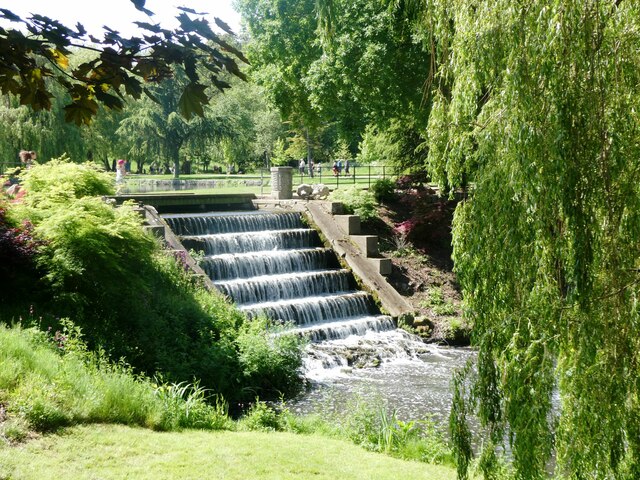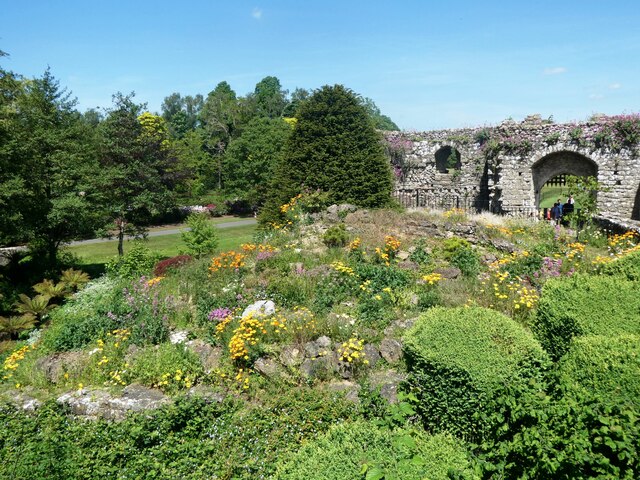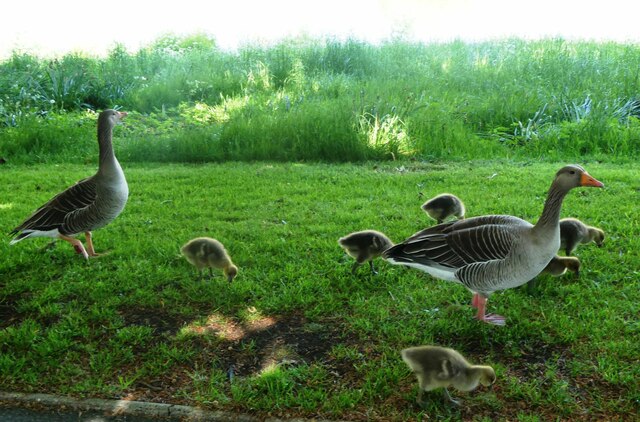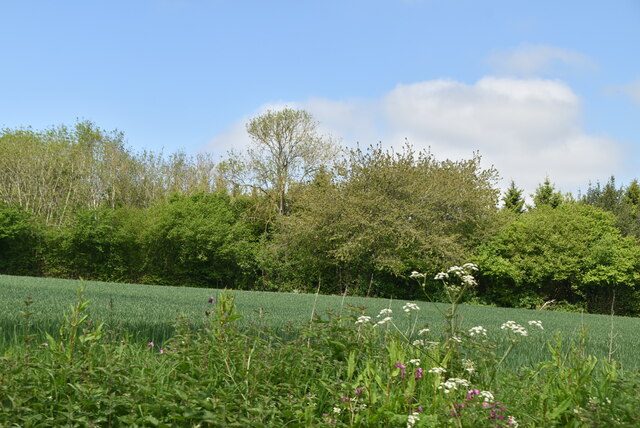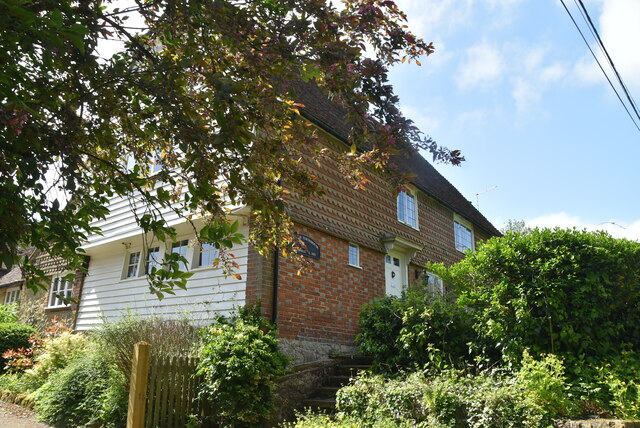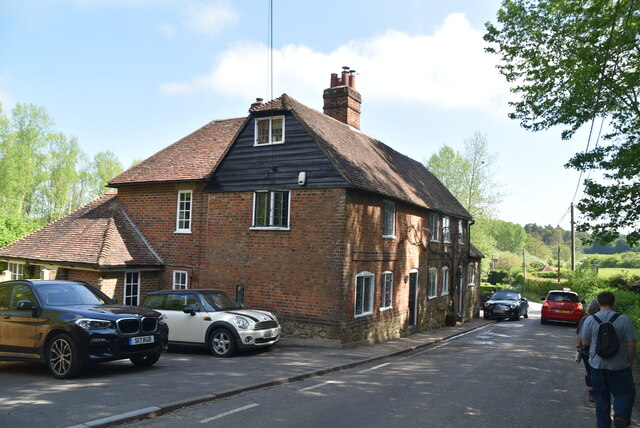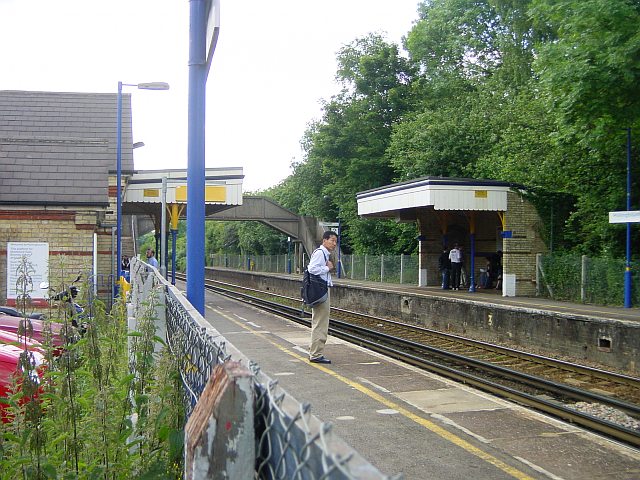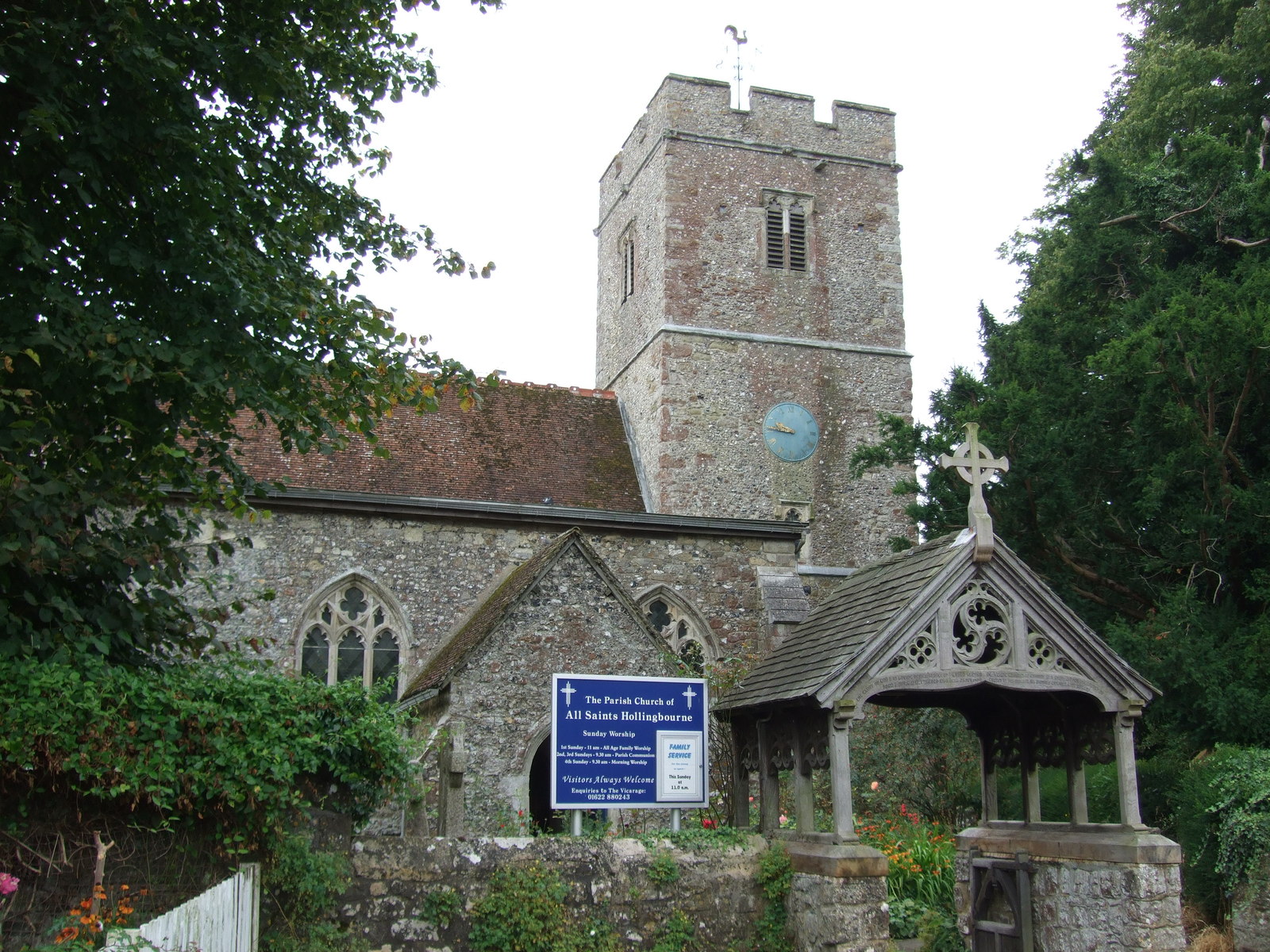Ash Shaw
Wood, Forest in Kent Maidstone
England
Ash Shaw
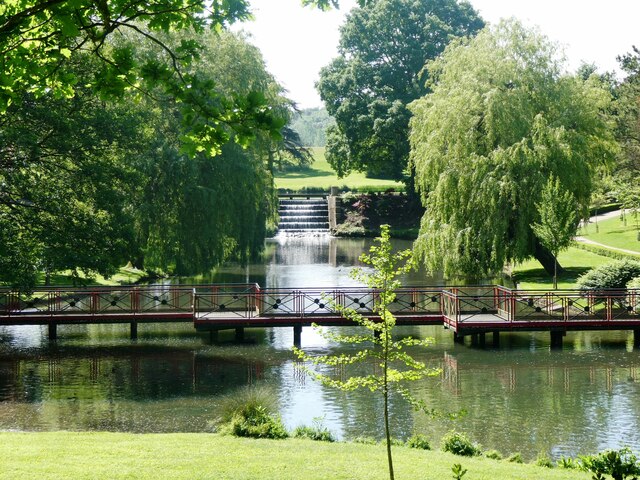
Ash Shaw, Kent is a picturesque village located in the county of Kent, England. Situated within the district of Sevenoaks, Ash Shaw is known for its charming woodland and forest areas, which contribute to its tranquil and idyllic atmosphere. The village is nestled amidst the beautiful countryside, offering residents and visitors a peaceful retreat away from the hustle and bustle of city life.
Ash Shaw is renowned for its abundant woodlands, which provide a haven for nature lovers and outdoor enthusiasts. The forested areas are home to a diverse range of wildlife, including various species of birds, mammals, and plants. This makes Ash Shaw a popular destination for hiking, walking, and exploring the great outdoors.
The village itself exudes a distinct rustic charm, with traditional architecture and quaint cottages dotting the landscape. The local community is close-knit and friendly, creating a warm and welcoming environment for residents and visitors alike. The village is home to a small number of amenities, including a local pub and a village hall, which serves as a hub for community events and gatherings.
The surrounding area offers a wealth of attractions and activities for those seeking entertainment and adventure. Nearby attractions include historic castles, such as Hever Castle and Chiddingstone Castle, as well as charming market towns, such as Sevenoaks and Tonbridge. Additionally, the village benefits from excellent transport links, with easy access to major road networks and nearby train stations.
In summary, Ash Shaw, Kent is a delightful village nestled within the stunning Kentish countryside. With its enchanting woodlands, welcoming community, and proximity to attractions, it offers a perfect blend of rural tranquility and convenience.
If you have any feedback on the listing, please let us know in the comments section below.
Ash Shaw Images
Images are sourced within 2km of 51.255748/0.63440511 or Grid Reference TQ8354. Thanks to Geograph Open Source API. All images are credited.
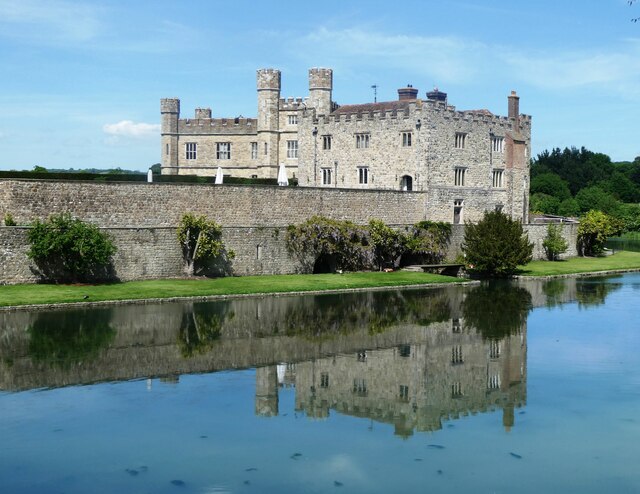

![Broomfield Village sign King George VI recommended that the old custom of identifying villages with carved or painted name signs could be revived. In 1920, Biddenden had won a Daily Mail competition for a sign featuring the two Biddenden Maids.
More villages followed, especially in 1953, the Coronation of Queen Elizabeth II. More signs have been put up due to the Millennium. This has meant half of the county villages are identified.]
See also <a title="https://www.geograph.org.uk/article/Kent-Village-Signs" href="https://www.geograph.org.uk/article/Kent-Village-Signs">Link</a> , an article on Kent Village Signs](https://s2.geograph.org.uk/geophotos/07/22/68/7226854_d34301b8.jpg)


Ash Shaw is located at Grid Ref: TQ8354 (Lat: 51.255748, Lng: 0.63440511)
Administrative County: Kent
District: Maidstone
Police Authority: Kent
What 3 Words
///inquest.albums.notes. Near Harrietsham, Kent
Nearby Locations
Related Wikis
Leeds Castle
Leeds Castle is a castle in Kent, England, 7 miles (11 km) southeast of Maidstone. It is built on islands in a lake formed by the River Len to the east...
Snagbrook House
Snagbrook House is a grade II listed house in Hollingbourne, near Maidstone, in the county of Kent, England. It dates from the 16th century but has a 19th...
Cotuams House
Cotuams Hall is a Georgian hall in Eyhorne Street near Hollingbourne, Kent, England. == Background == Cotuams House was built on the remains of the ancient...
Hollingbourne railway station
Hollingbourne railway station serves Hollingbourne in Kent, England. It was opened in 1884 and is 45 miles 2 chains (72.5 km) down the line from London...
All Saints Church, Hollingbourne
All Saints Church is a parish church in Hollingbourne, Kent. It was begun in the 14th century and is a Grade I listed building. The church contains numerous...
Ashbank
Ashbank is a small settlement near Leeds in Kent, England.
Hollingbourne
Hollingbourne is a village and civil parish in the borough of Maidstone in Kent, England. The parish is located on the southward slope of the North Downs...
Broomfield, Maidstone
Broomfield is a village in the Maidstone District of Kent, England, and forms part of the civil parish of Broomfield and Kingswood. It lies 6 miles (10...
Nearby Amenities
Located within 500m of 51.255748,0.63440511Have you been to Ash Shaw?
Leave your review of Ash Shaw below (or comments, questions and feedback).
